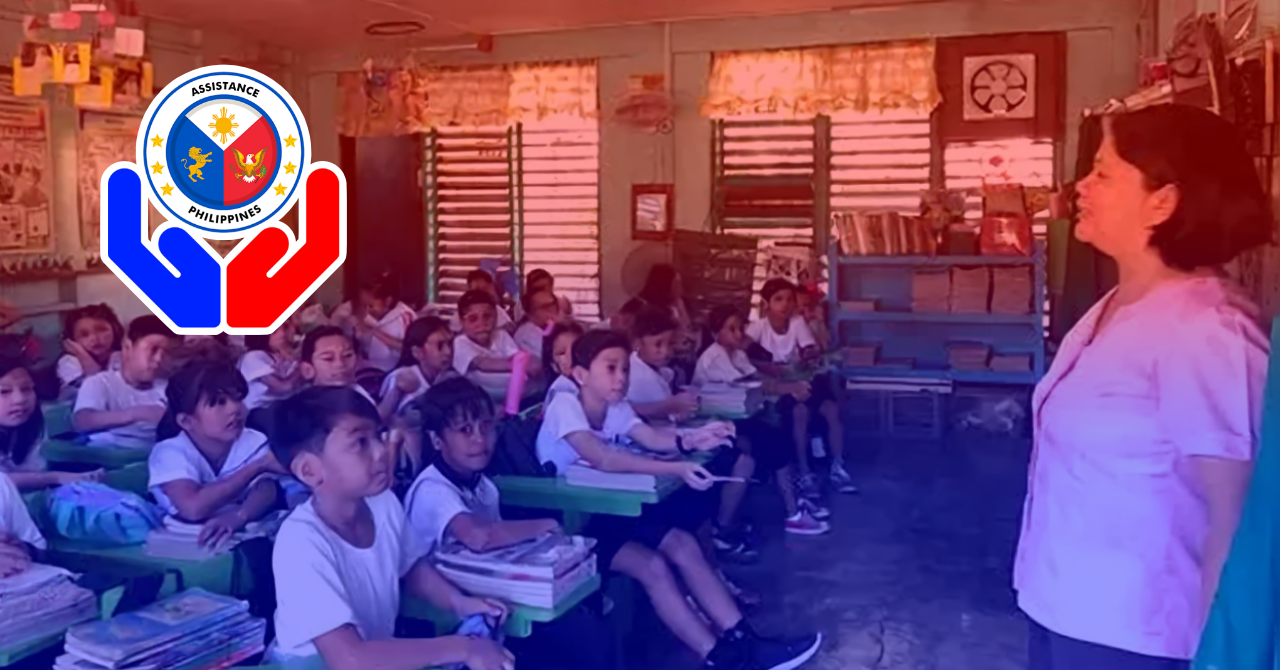Back in the day, values education was part of classroom instruction, commonly referred to as GMRC, which is short for Good Manners and Right Conduct. Starting with simple lessons like saying “po” and “opo,” giving up your seat for elders, and cleaning your desk, GMRC shaped the behavior of generations of Filipino students.
Now, it’s officially back—stronger and more structured—through Republic Act No. 11476, or the GMRC and Values Education Act.
Passed in 2020, this law institutionalizes GMRC and Values Education as core subjects in the K to 12 Basic Education Curriculum, replacing the older Edukasyon sa Pagpapakatao (ESP) framework. Let’s explore what this law covers, how the new curriculum works, and why it matters for every learner in the Philippines.

Scope of the GMRC Law
RA 11476 applies to all public and private basic education institutions, as well as learning centers recognized under DepEd. Whether a student is in a public elementary school or a private high school, GMRC and Values Education are now part of the required curriculum.
Under this law:
- GMRC is taught as a standalone subject in Grades 1 to 6
- Values Education is offered separately in Grades 7 to 10
- Values formation is integrated across all subjects in Grades 11 and 12
A Closer Look at the Curriculum
The law breaks down the new curriculum into two phases:
- Good Manners and Right Conduct (Grades 1–6)
- GMRC is taught as a separate subject, not just integrated into other lessons.
- It has the same time allotment as other core subjects like Math and Science.
- In kindergarten, GMRC principles are embedded in daily routines and play-based learning.
- Students participate in role-playing, storytelling, community immersion, and teacher-parent activities to build character.
Core values include:
- Respect and discipline
- Honesty and sincerity
- Love of country
- Human dignity and kindness
- Values Education (Grades 7–10)
- A distinct subject focusing on:
- Ethical and moral reasoning
- Gender sensitivity and cultural diversity
- Peace education and ecological integrity
- Global citizenship and social responsibility
In Grades 11–12, Values Education becomes cross-curricular—woven into every subject to reinforce character-building through real-world applications.
Penalties for Non-Compliance
Unlike other education laws, RA 11476 does not impose direct penalties on schools that fail to follow the law.
Instead, the Department of Education (DepEd) is required to:
- Assess and review implementation annually
- Submit reports to Congress through the Committees on Basic Education
This accountability system is monitoring-based, meaning schools are expected to comply under continuous DepEd oversight rather than fear of fines.
Learning Resources and Support
To make sure teachers and students succeed in this subject, DepEd is required to provide:
Official Curriculum Guides and Materials
- 313 Most Essential Learning Competencies (MELCs) for Grades 1–10
- MATATAG Curriculum Guides for GMRC and Values Education (with downloadable copies via platforms like Academ-e)
Teacher Training and Capacity-Building
- In-service training
- Values Education webinars
- Regional seminars and guidelines (e.g., “Magalang Bow”, Filipino Values Month activities)
Localized Implementation Tools
- DepEd Region III guidelines for school-level activities
- Encouragement of interfaith prayers, classroom practices, and community linkages that promote values education
Looking Ahead: Growing Values for a Changing World
RA 11476 gives schools a solid framework—but values are shaped by how lessons connect with real life. Here’s how educators and communities can strengthen implementation:
- Teach digital values: Add modules on digital citizenship, online empathy, and responsible use of social media.
- Support teacher communities: Create peer-to-peer spaces for sharing best practices in values formation.
- Make it personal: Let students tell stories of national heroes and reflect on how values like courage and patriotism apply today.
- Use multimedia: Tap into DepEd’s digital resources—videos, interactive lessons, and learning platforms—to keep content engaging.
Frequently Asked Questions (FAQs)
Q1: Is GMRC now a separate subject again?
Yes. Under RA 11476, GMRC is taught as a separate subject in Grades 1–6, unlike before when it was just embedded in other subjects.
Q2: What replaced Edukasyon sa Pagpapakatao?
GMRC and Values Education officially replaced ESP in both elementary and high school levels.
Q3: What if a school doesn’t offer GMRC or Values Education?
There are no legal penalties, but DepEd is required to monitor and report compliance. Schools are expected to follow implementation guidelines.
Q4: Are there teaching materials available?
Yes. DepEd has released curriculum guides, MELCs, and other resources. Many are available through Academ-e and DepEd’s official platforms.
Q5: Is this law only for public schools?
No. RA 11476 applies to both public and private schools, as well as learning centers recognized by DepEd.
Video: GMRC and Values Education Back in Classrooms
Senator Win Gatchalian confirms the return of GMRC and Values Education to the core curriculum starting school year 2020–2021.
The Senate and House have already ratified the law, bringing back two subjects long associated with respect, manners, and moral grounding.
Many Filipinos recall studying GMRC in the ’90s, saying its removal left a gap in how young students engage with others.
This move answers calls from parents and educators who believe proper conduct begins with early and consistent guidance.
Now, these subjects are set to shape a generation raised with empathy, discipline, and dignity.
Final Thoughts
In a world that moves fast and changes constantly, values remain our compass. RA 11476 reaffirms the role of schools in shaping not just smart students—but also kind, responsible, and morally grounded individuals.
Whether you’re a parent, teacher, or student, GMRC and Values Education are no longer just nice-to-haves. They are essential building blocks of a society that chooses respect, empathy, and integrity over hate and division.
And that’s a lesson worth teaching—every single day.
